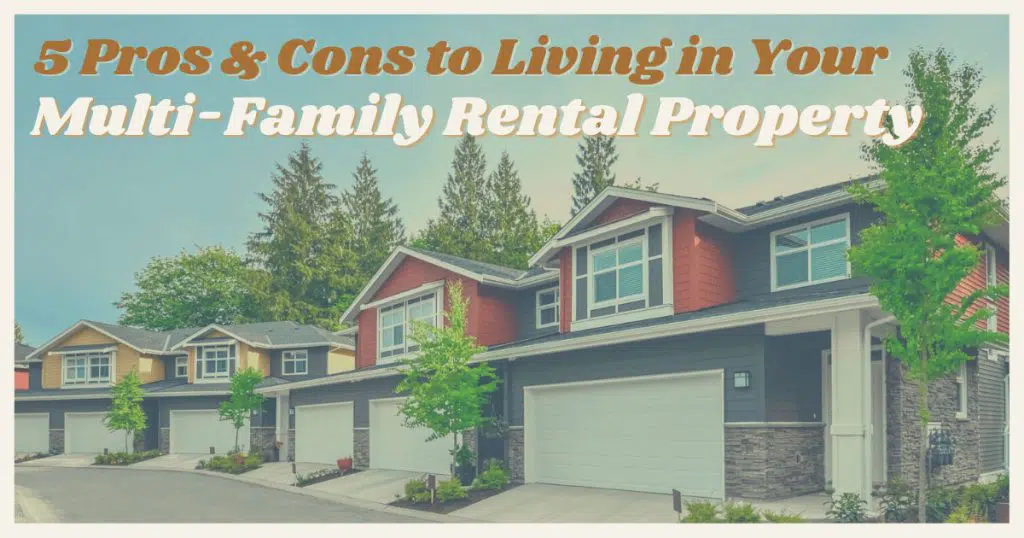
Mortgages Demystified

First-time homebuyers have plenty of questions about the process and that’s to be expected. Anything can be confusing the first time you do it. If you won’t be paying cash for a home, you’ll need to get a loan, or mortgage as it’s commonly known when buying a house.
Mortgages come in an assortment of flavors, which only adds to the confusion. Let’s see if we clue you in on the basics.
The Most Popular
The fixed-rate mortgage is the most common and popular among first-time homebuyers. Although the repayment period may vary (you choose, whether it’s 15, 20 or 30 years), the interest rate remains steady throughout the life of the loan. You’ll understand why this is important when we get to variable rate loans.
The benefit of a fixed-rate mortgage is that you’ll know how much your payment will be every month ― it won’t change.
Variable Rate Mortgage
You may have seen this loan referred to as an ARM, which stands for adjustable rate mortgage. With this loan, the interest rate adjusts at certain points to match the market. A 5/1 ARM, for instance will remain fixed for the first five years and then it may change every year for the rest of the life of the loan. If the interest rate changes, your payment may as well.
The benefit of an ARM is that it carries a lower initial interest rate. If you only plan on living in the home for 10 years, you may want to pursue a 10-year ARM to get a low, fixed interest rate. There is a danger in this, however, because one never knows what life will be like 10 years or even five years down the road.
Interest-Only
An interest-only mortgage is exactly what it sounds like: during the initial period of the loan (five or 10 years), you will pay only the interest. None of your payments will go toward paying down the loan’s principal. At the end of this period you will be responsible for either paying a balloon payment for the principal or your payments may increase according to how many years are remaining on the term.
The benefit of an interest-only loan is that during the initial period, mortgage payments are small.
Borrowers that choose interest-only loans typically feel that either their income will increase by the end of the initial period or they may plan on refinancing at that point.
Owner-Financed
While not as common as the previous two types of mortgages, some sellers are willing to finance a buyer with a decent down payment. In a seller carryback, the owner will finance a percentage of the loan.
This type of financing can take many forms, such as the lease option, land contract, junior mortgage or assumable mortgage. If you find a seller willing to finance the loan, run it by your lawyer and accountant before signing anything.
While the above financing options aren’t the only mortgages out there, they are the ones for which we receive the most questions. Other types include the VA, USDA and FHA loans, jumbo loans and reverse mortgages, among others.
Image: 401kcalculator.org



